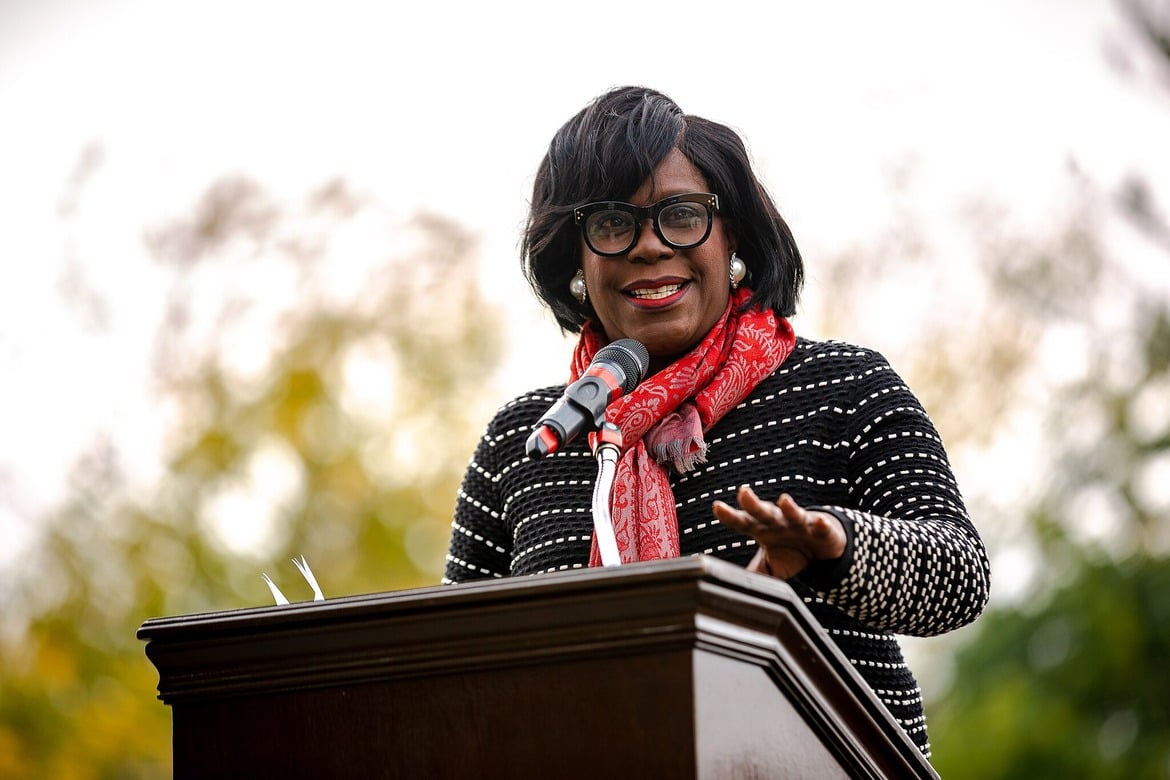Philadelphia recently emerged from a bruising garbage strike with neither side particularly satisfied. Sanitation workers pushed for meaningful wage increases but settled for more modest gains than they had hoped. Mayor Cherelle Parker avoided a budget overrun, but let trash pile up for eight days, reinforcing the sense that she’s not delivering on her core campaign promise of a cleaner Philadelphia. But the trade-off between clean streets and better pay needn’t be zero-sum. With the right investments in low-cost AI tools, the city could improve services and lower costs, giving it more flexibility to meet wage demands while staying within its fiscal limits.
Take illegal dumping, one of Philadelphia’s most visible and costly sanitation challenges. Every year, thousands of tons of waste are abandoned in vacant lots, along sidewalks, and in city parks. Tacony Creek Park, a 300-acre preserve in Northeast Philadelphia, is a prime hotspot for illegal dumping, and became one of the city’s worst in March 2025 when more than 4,000 tires were discarded there in a single incident.
City officials insist they’re getting tough. The District Attorney’s office now uses license plate readers and cellphone data to identify offenders, and policymakers have increased fines for those caught. However, little has been done to speed up the detection of dumping, which is arguably the most critical factor when it comes to effectively combating the problem.
Historically, just three full-time staff members in the Streets Department have been responsible for monitoring the hundreds of surveillance cameras pointed at known dumping hotspots. They manually sift through footage, flag incidents, and refer them for investigation. It’s a tedious process that causes long delays: many incidents are found weeks or even months after the fact, if they’re found at all. That lag matters. The city loses the chance to intervene early, turning manageable violations into massive clean-up efforts. In Tacony Creek Park, those 4,000 tires weren’t dumped in a single night; they were tossed, night after night, into a ravine for weeks without being flagged until the pile stretched 30 feet deep in some places and 100 feet wide.
This problem has a solution. In 2019, a team at the University of Pennsylvania developed an AI tool that could automatically scan surveillance footage and flag likely cases of illegal dumping. Trained to detect trash bags, construction debris, and tires, the system was designed with city departments and offered a way to surface incidents in near real-time. It would cost roughly $100,000 a year, which is a fraction of the millions the city spends on cleanup, and less than it would cost to pay three people to do work that’s tedious, repetitive, and better handled by machines. Among other things, the savings that adopting such a tool would free up could go toward better wages for the city workers who keep Philadelphia running.
Unfortunately, efforts to move forward with the tool were quietly shelved amid COVID-era budget cuts. But Mayor Parker should bring them back, and not as a one-off fix, but as part of a broader strategy for how the city uses AI. Pennsylvania is already positioning itself as a national leader in the responsible use of AI under Governor Shapiro. Philadelphia should reinforce that effort by putting AI to work in its most visible and essential city services.
This kind of strategy is best delivered by the city’s Office of Innovation and Technology, whose job is to modernize city systems, improve service delivery, and lead on forward-looking tech policy. The office doesn’t currently have an AI strategy—making it hard to see how it can fulfill its own innovation mission—and has no programs focused on a clean environment, making it even harder to see how it will advance the mayor’s promise of a “Safer, Cleaner, Greener Philadelphia, with economic opportunity for all.” Developing a clear AI strategy that starts with AI to improve public works and sanitation is how the office can simultaneously do its own job and help the mayor deliver on hers.
There’s also a cautionary tale here. Philadelphia has already seen what happens when promising technology is poorly integrated. The city’s $6.5 million rollout of BigBelly trash compactors, which are solar-powered bins designed to hold more waste and automatically alert crews when full, had real potential to reduce overflow and improve efficiency. But instead of adapting collection routes or retrofitting for usability, the city deployed them without sufficient planning. Sensors failed, cans overflowed, and grime-covered handles made them hard to use. What should have been a smart upgrade became a maintenance burden and a symbol of how good technology falls short when implementation ignores system design and user behavior.
Getting AI adoption right isn’t about sprinkling smart tools across the city. It’s about using them to strengthen core services, reduce unnecessary burdens on workers, and make the whole system work better. That’s what an AI strategy in Philadelphia should aim for, and where local policymakers should begin.
Image Credits: Jared Piper/Philadelphia City Council

